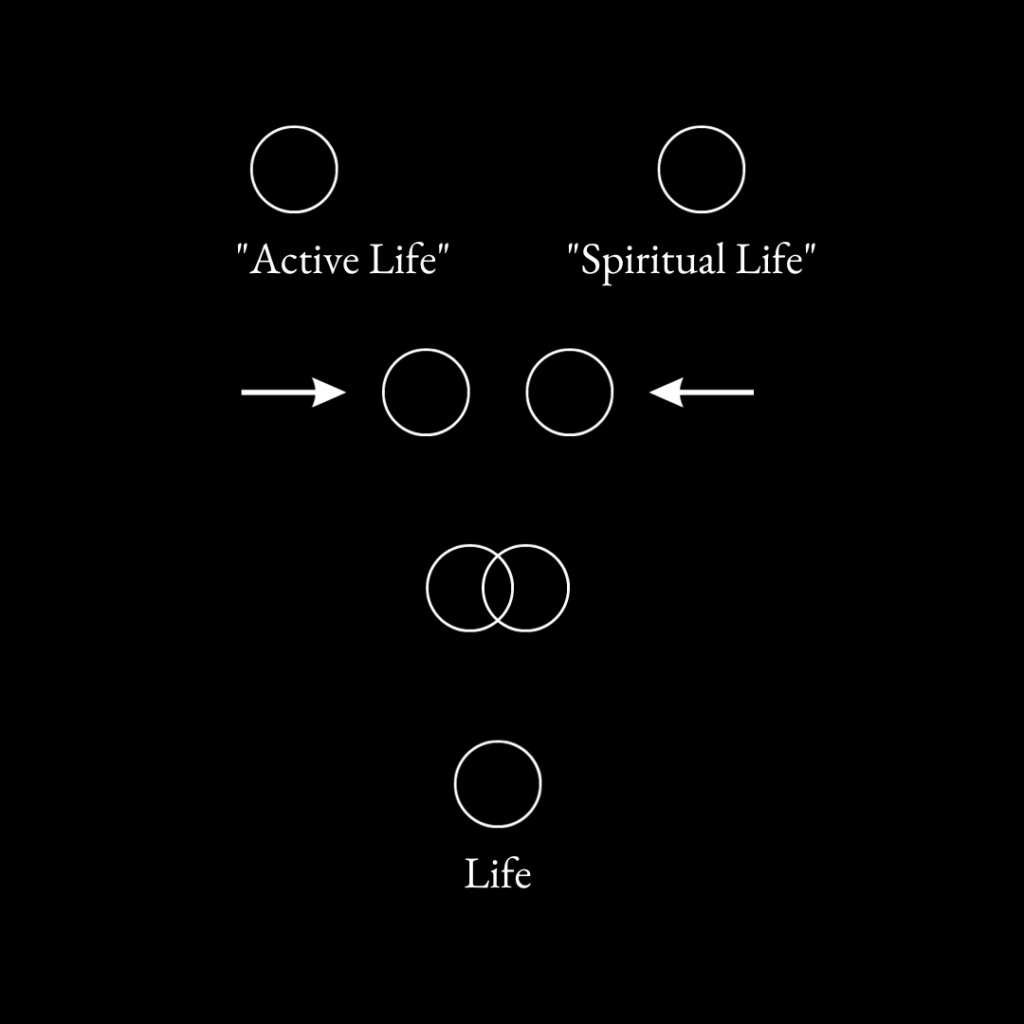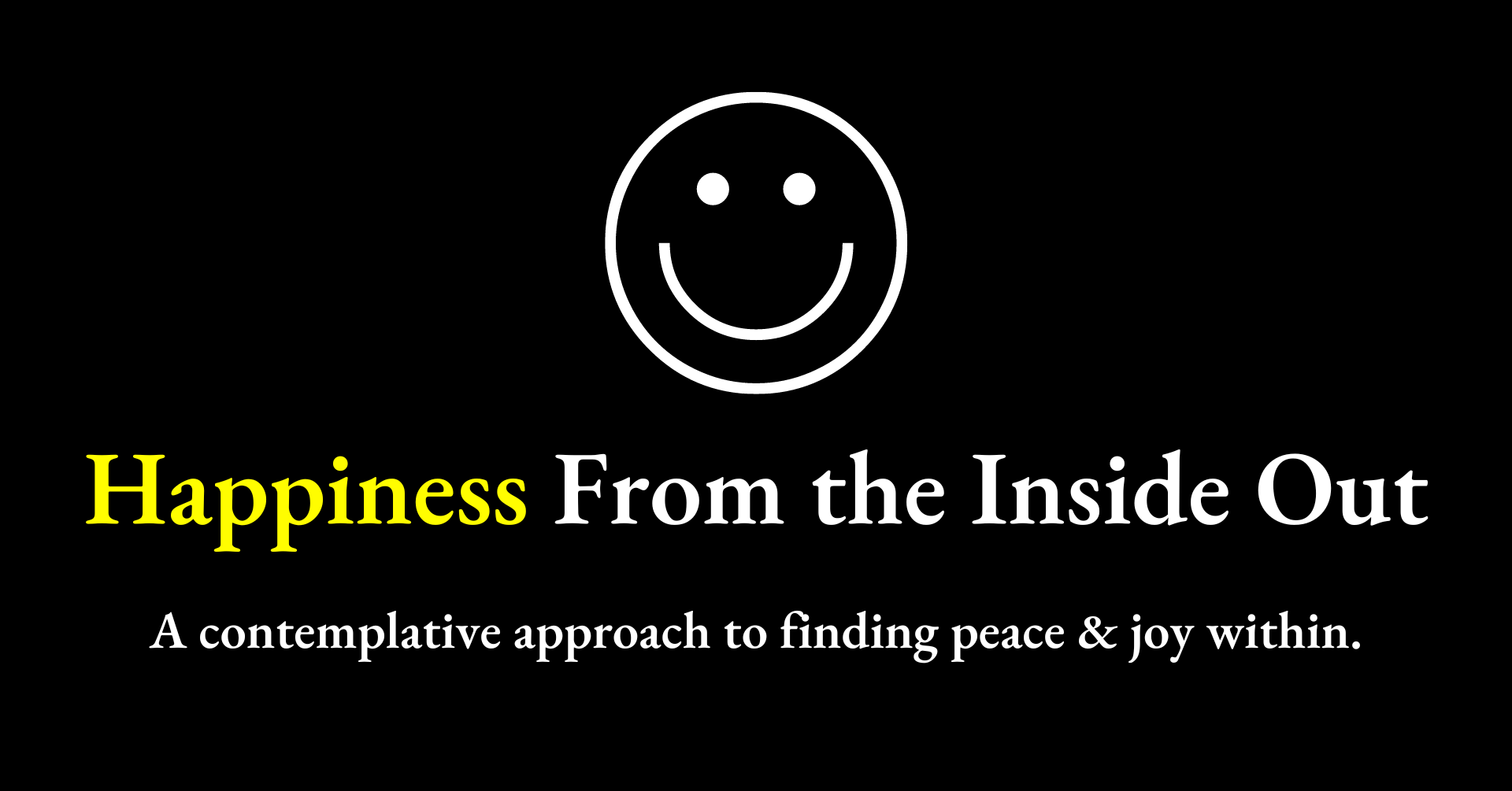Too much of the contemplative life feels disconnected from the active life.
Which is ironic. . . isn’t the contemplative life, at least in part, about realizing our inter-connectedness?
It can feel like there are two separate and distinct worlds: the spiritual-supernatural world where we engage in a spiritual reality through spiritual practices and then a second world, the “real world” of flesh and blood and dirty dishes and protests in the street.
But the contemplative life is not separate nor should it be about ignoring the hardships of daily life, nor about abandoning the social issues of our day.
In her book, Centering Prayer and Inner Awakening, Cynthia Bourgeault writes:
“Contemplative prayer, when it becomes full and mature, doesn’t widen the gap between prayer and life; it narrows it.” [1]
We can integrate the two worlds. We can. . .
. . . narrow the gap between “the spiritual” and “the ordinary.”
. . . narrow the gap between prayer and life
. . . narrow the gap between our divinity and our humanity.
We can find God in the mundane.
In reality, there is no “spiritual life” without the everyday life. If that exists, it’s just the spiritual ego.
The whole point is to realize that your ordinary, everyday life is an overflowing of the Extra-ordinary. We’re not meant to live in some spiritual, supernatural world somewhere else. We’re called to live in the here and now with all it’s messiness. With the eye of the heart slowly awakening, we know this world is pregnant with divine energy.
So I invite you to find some time engage the contemplative life with the awareness that it doesn’t end when you start to do the dishes, write an email or get in a fight with a friend.
God is as present in the depths of silence as she is in the noise and trenches of life.
What’s missing is only our awareness.
References:
[1] Cynthia Bourgeault, Centering Prayer and Inner Awakening (Lanham, MD: Cowley Publications, 2004), 157.






